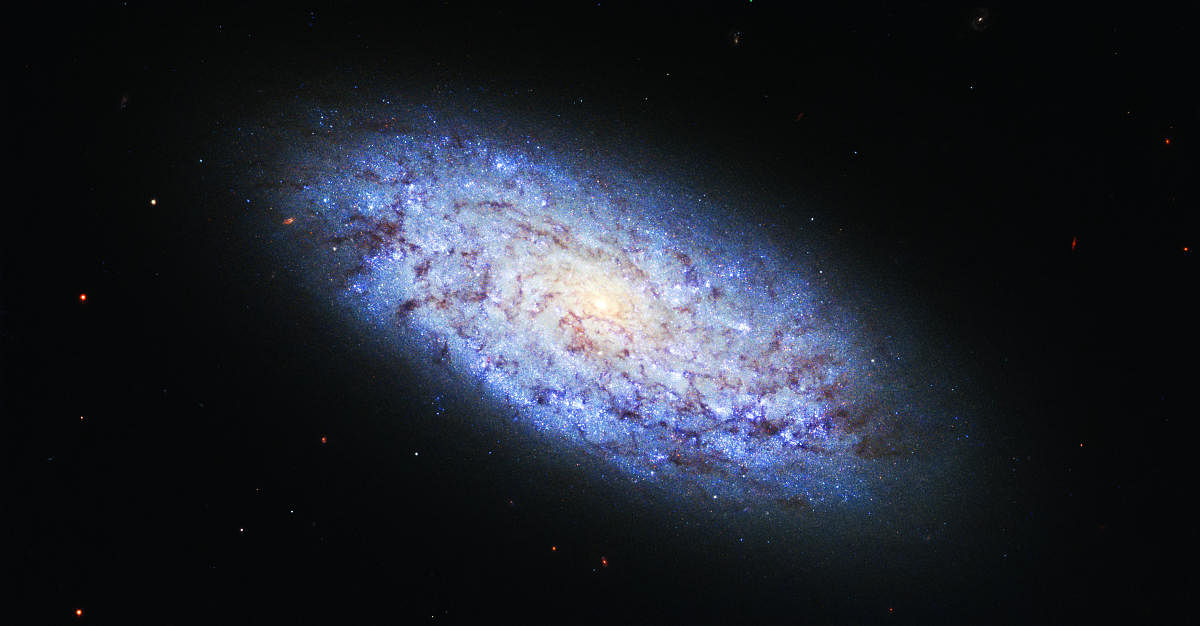
How do small galaxies — the basic building blocks of the universe — gather masses?
The ill-understood cosmic process can now become clearer to scientists thanks to a group of Indian astronomers who have provided a crucial link in drawing the bigger picture of galaxy growth and evolution.
Using India’s first space observatory Astrosat, astrophysicists at Inter University Centre for Astronomy and Astrophysics (IUCAA), Pune, and their collaborators in the USA and France have shown how the star-forming entities on the outskirts of a dwarf galaxy migrate towards the central region of the galaxy, contributing to its growth in mass and luminosity.
Thanks to high-quality telescopes, scientists’ grasp on big galaxies like the Milky Way or Andromeda has improved in the last two decades. The Milky Way, for instance, is known as one of the giant galaxies with billions of stars, even though very little star formation is happening currently.
But giant galaxies are surrounded by tens of dwarf galaxies — irregular in shape, often forming stars. Their mass could be 50 times lower than the Milky Way. How such dwarf and giant galaxies assemble their stars and evolve is still one of the major puzzles.
IUCAA scientist Kanak Saha, his PhD student Anshuman Borgohain and their partners in Observatoire de Paris, IBM Watson Research Division and Tezpur University along with a veteran Indian astronomer decided to probe the problem with 17 hours of observational data captured by Astrosat’s Ultraviolet Imaging Telescope.
“We got evidence that these galaxies are accreting matter from outside. We witnessed the ‘live’ formation of these farway dwarf galaxies!” Saha told DH.
The team looked at 11 blue dwarf galaxies that are 1.3-2.8 billion light years away. The key challenge was to detect such faint, extremely blue, star-forming clumps that were too far away to see although they have a million solar masses of material within them.
“The UltraViolet Imaging Telescope’s resolving power and deep-field imaging techniques have been the key to spotting some very young, large star-forming clumps. They form on the periphery and then spiral into the galaxy within a specific time, adding to the growth of the galaxy,” said Saha.
A good part of the research work consists of meticulously calculating the time required for the star forming clumps to migrate inside the galaxy. The time span, according to Saha, could be one-tenth of the life of a galaxy or within a billion year.
“It has been a mystery how some small galaxies can have such active star formation,” said team member Bruce Elmegreen of IBM Watson Research Division, USA, adding that such observations suggest accreting gas in the far outer parts can be forced to move towards the centre because of the inward pull exerted by giant gas and stellar complexes.
The findings appeared last week in Nature.
